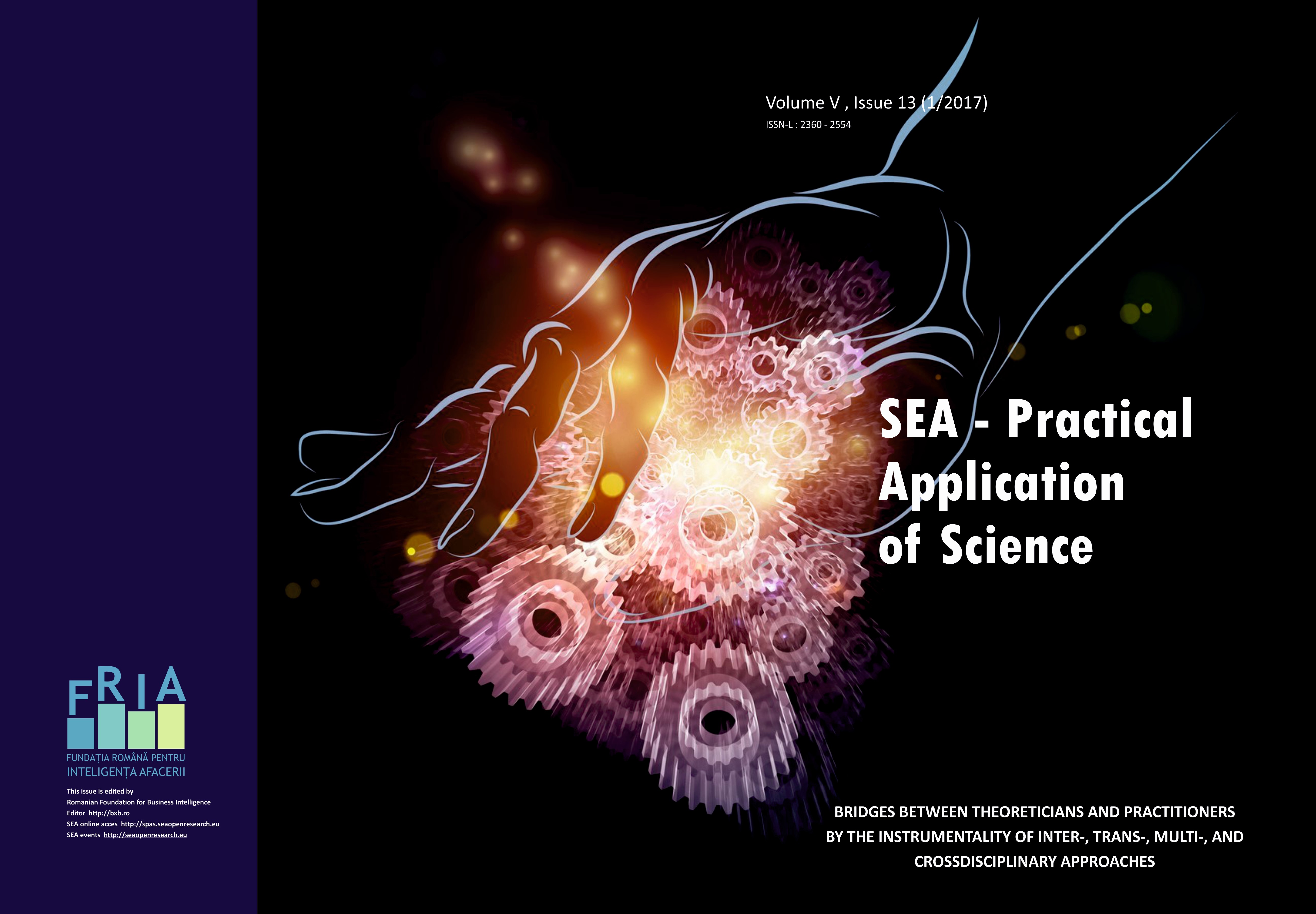Analysis of Possible Positive Effects of Oxytocin Administered During Birth on the Neuromotor Development of the 0 – 5 Yearold Children
Analysis of Possible Positive Effects of Oxytocin Administered During Birth on the Neuromotor Development of the 0 – 5 Yearold Children
Author(s): Iulia Elena Diaconu, Carmen Rodica Anton, Emil Anton, Dumitru FilipeanuSubject(s): Health and medicine and law, Demography and human biology
Published by: Fundatia Română pentru Inteligenta Afacerii
Keywords: Oxytocin OT; Motor reflexes; Psychomotor development; Intranasal oxytocin; Oxytocin possible positive effects; Neuropsychiatric disorders;
Summary/Abstract: Neuropeptide oxytocin (OT) receives increasing attention since, it plays a role in various behaviors including anxiety, drug addiction, learning, social recognition, empathy, pair bonding and decreased aggression. The central nucleus of the amygdala (CeA), part of the limbic system, plays an important role in learning, memory, anxiety and reinforcing mechanisms. Oxytocin receptors are found in the tissues of the cardiovascular system, reproductive system, brain, and are activated by exposure to specific stimuli. The bestknown stimuli related to reproduction are sucking, birth, cervical stimulation during sexual intercourse. Changes in the oxytocinergic system play a fundamental role in the development of autism, mental disorders, including eating disorders, obsessive-compulsive disorder, schizophrenia, with direct impact on the patient’s cognition and social behavior. Some researchers have observed that intranasal Oxytocin (OT) is a potential treatment for multiple neuropsychiatric disorders. As oxytocin is a peptide, delivery by the intranasal (IN) route is the preferred method in clinical studies. Although studies have shown increased cerebrospinal fluid oxytocin levels following intranasal administration, this does not unequivocably demonstrate that the peripherally administered oxytocin is entering the cerebrospinal fluid. For example, it has been suggested that peripheral delivery of oxytocin could lead to central release of endogenous oxytocin. It is also unknown whether the intranasal route provides for more efficient entry of the peptide into the CSF compared to the intravenous (IV) route, which requires blood–brain barrier penetration.
Journal: SEA – Practical Application of Science
- Issue Year: V/2017
- Issue No: 13
- Page Range: 151-156
- Page Count: 6
- Language: English

